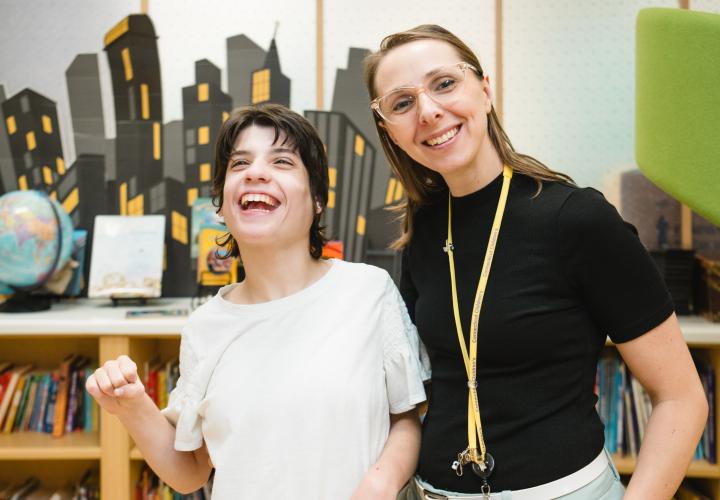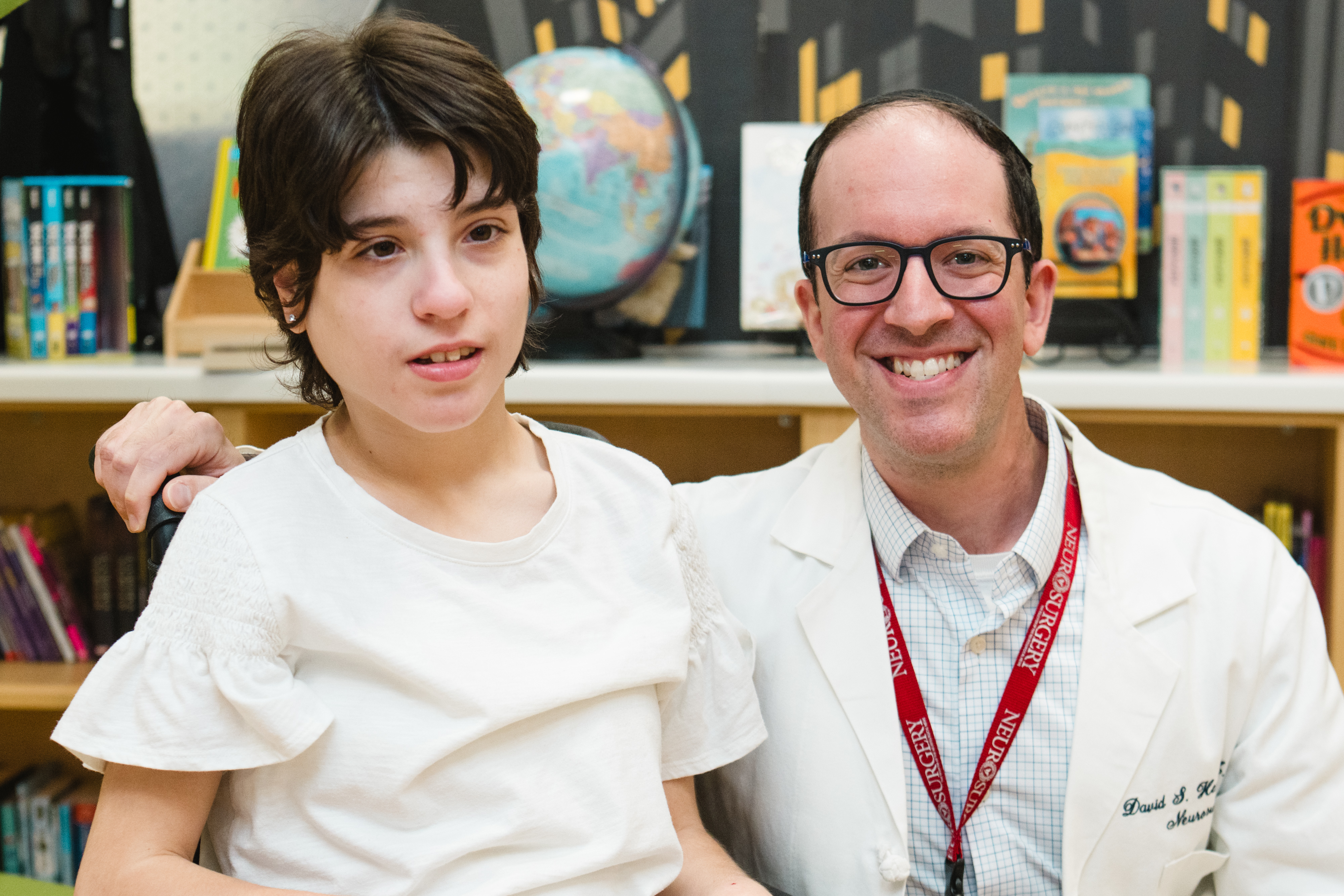Q: How does the technology work?
DBS uses electrical stimulation to modulate abnormal brain activity, reducing the frequency and severity of seizures (in the case of epilepsy) or involuntary movements (dystonia).
Here’s how it works.
- Surgery: A neurosurgical team places two small electrodes in targeted areas of the brain.
- Implanted device: These electrodes are connected to a small device, similar to a pacemaker, placed under the skin of the chest. It sends gentle electrical signals to help regulate abnormal brain activity.
- Regular follow-ups: After surgery, your child will have regular visits with their neurologist to adjust the device’s settings for maximum benefit over time, including as they grow.
Q: Is DBS already FDA-approved?
For adults, yes — in patients 18 and over, DBS has long been FDA-approved and used safely for conditions like epilepsy, Parkinson’s disease and essential tremor. Every year, this list of FDA-approved uses continues to grow.
For kids, it’s a little more complicated. Here are the details.
Epilepsy:
- Under age 18, DBS is considered off-label: It’s offered to patients with the understanding that the FDA has not yet approved it for this specific age and diagnosis.
- Keep in mind: Off-label therapies are common in modern medicine. This is especially true in children’s health, where many treatments are based on the best available science — even before formal FDA approval catches up.
Primary dystonia:
- Ages 7 and older, DBS is offered via a Humanitarian Device Exemption (HDE) from the FDA, a special category for rare diseases.
- The HDE approval only applies to certain types of chronic, intractable primary dystonia.
Bottom line: We want kids in our community to have every promising treatment available to them. If your child has pediatric epilepsy or primary dystonia, Connecticut Children’s and UConn Health are proud to discuss whether DBS is right for your child and family, ensuring access to the full spectrum of surgical options for these diagnoses.

